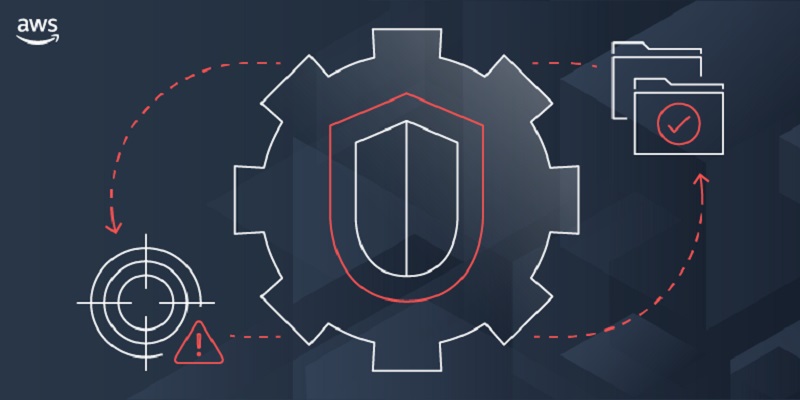AWS Security Blog
Category: Security, Identity, & Compliance
Build a strong identity foundation that uses your existing on-premises Active Directory
September 12, 2022: This blog post has been updated to reflect the new name of AWS Single Sign-On (SSO) – AWS IAM Identity Center. Read more about the name change here. This blog post outlines how to use your existing Microsoft Active Directory (AD) to reliably authenticate access to your Amazon Web Services (AWS) accounts, […]
Getting started with AWS IAM Identity Center delegated administration
September 12, 2022: This blog post has been updated to reflect the new name of AWS Single Sign-On (SSO) – AWS IAM Identity Center. Read more about the name change here. Recently, AWS launched the ability to delegate administration of AWS IAM Identity Center (AWS IAM Identity Center) in your AWS Organizations organization to a […]
Establishing a data perimeter on AWS: Overview
August 28, 2025: This post has been updated to reflect the usage of the aws:VpceOrgID condition key to scale your network perimeter implementation. November 13, 2024: This post has been updated with guidance on how to use resource control policies (RCPs) and the aws:SourceOrgID condition key to establish your organization’s data perimeter. November 23, 2022: […]
How to use new Amazon GuardDuty EKS Protection findings
If you run container workloads that use Amazon Elastic Kubernetes Service (Amazon EKS), Amazon GuardDuty now has added support that will help you better protect these workloads from potential threats. Amazon GuardDuty EKS Protection can help detect threats related to user and application activity that is captured in Kubernetes audit logs. Newly-added Kubernetes threat detections […]
New IDC whitepaper released – Trusted Cloud: Overcoming the Tension Between Data Sovereignty and Accelerated Digital Transformation
A new International Data Corporation (IDC) whitepaper sponsored by AWS, Trusted Cloud: Overcoming the Tension Between Data Sovereignty and Accelerated Digital Transformation, examines the importance of the cloud in building the future of digital EU organizations. IDC predicts that 70% of CEOs of large European organizations will be incentivized to generate at least 40% of […]
How to control access to AWS resources based on AWS account, OU, or organization
AWS Identity and Access Management (IAM) recently launched new condition keys to make it simpler to control access to your resources along your Amazon Web Services (AWS) organizational boundaries. AWS recommends that you set up multiple accounts as your workloads grow, and you can use multiple AWS accounts to isolate workloads or applications that have […]
Extend your pre-commit hooks with AWS CloudFormation Guard
Git hooks are scripts that extend Git functionality when certain events and actions occur during code development. Developer teams often use Git hooks to perform quality checks before they commit their code changes. For example, see the blog post Use Git pre-commit hooks to avoid AWS CloudFormation errors for a description of how the AWS […]
LGPD workbook for AWS customers managing personally identifiable information in Brazil
Portuguese version AWS is pleased to announce the publication of the Brazil General Data Protection Law Workbook. The General Data Protection Law (LGPD) in Brazil was first published on 14 August 2018, and started its applicability on 18 August 2020. Companies that manage personally identifiable information (PII) in Brazil as defined by LGPD will have […]
AWS welcomes new Trans-Atlantic Data Privacy Framework
Amazon Web Services (AWS) welcomes the new Trans-Atlantic Data Privacy Framework (Data Privacy Framework) that was agreed to, in principle, between the European Union (EU) and the United States (US) last month. This announcement demonstrates the common will between the US and EU to strengthen privacy protections in trans-Atlantic data flows, and will supplement the […]
Canadian Centre for Cyber Security Assessment Summary report now available in AWS Artifact
French version At Amazon Web Services (AWS), we are committed to providing continued assurance to our customers through assessments, certifications, and attestations that support the adoption of AWS services. We are pleased to announce the availability of the Canadian Centre for Cyber Security (CCCS) assessment summary report for AWS, which you can view and download […]









